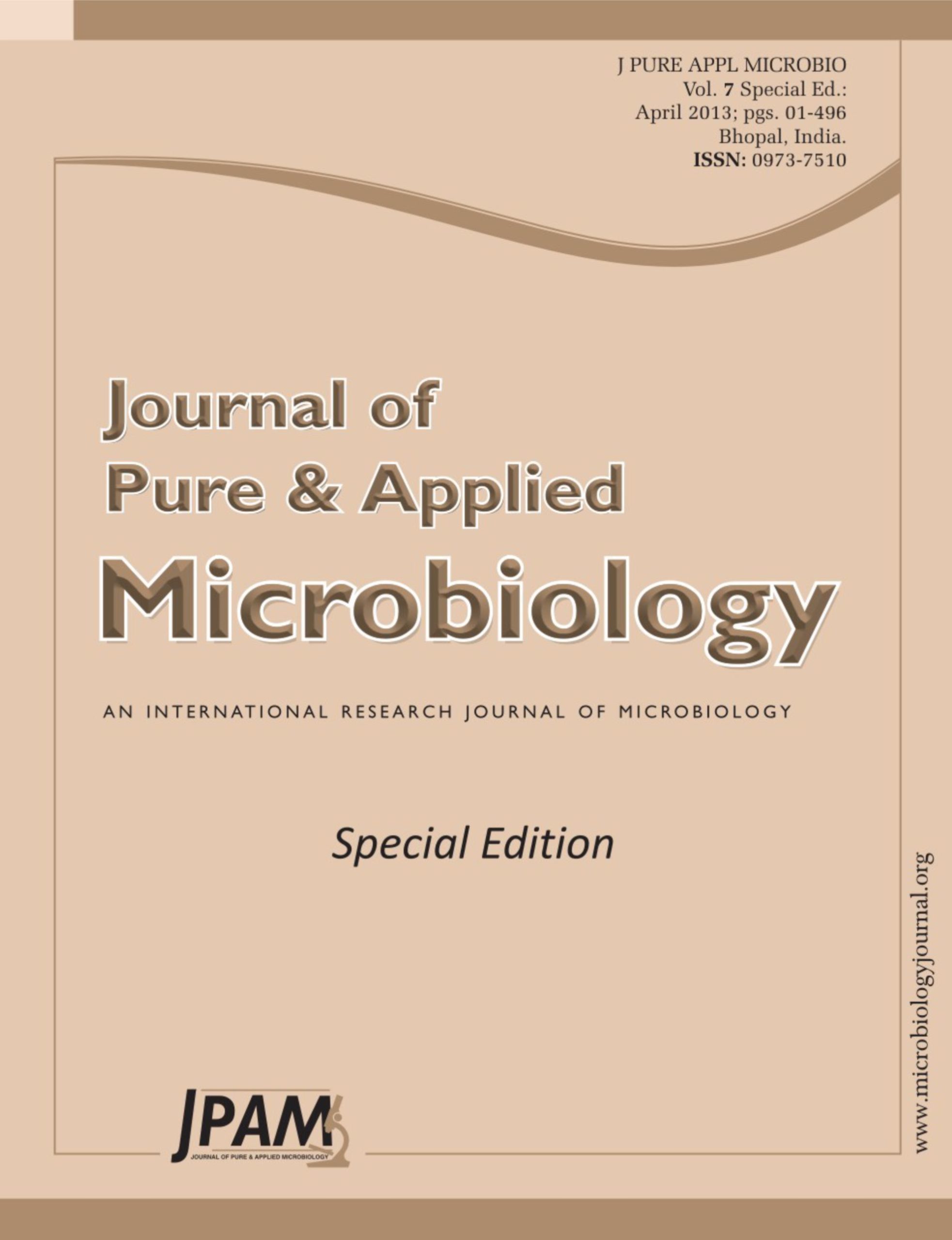Up-regulation of Annexin A2 (ANXA2) expression is associated with the tumorigenesis and development, but the effect of small hairpin RNA (shRNA) targeting ANXA2 on cell invasion and tumour progression in hepatocellular carcinoma hasn’t been reported up to now. In this study, the expression level of ANXA2 in MHCC97-H cells with high metastasis potential was the highest among that in 4 hepatoma cell lines and about 9 times as high as that of hepatocyte LO2 cells. The shRNA targeting ANXA2 specially and effectively inhibited its expression at both protein and mRNA level. ANXA2 was mainly localized in cell membrane and cytoplasm, feebly in cell nucleus. Moreover, ANXA2 silencing obviously suppressed the cell proliferation in vitro (P < 0.05), while the inhibiting rate of tumor growth was 38.24% in vivo. The S phase percentage of MHCC97-H/shRNA cells was dramatically decreased from 36.14% down to 27.76%. Furthermore, ANXA2 silencing inhibited the invasion and migration potential of MHCC97-H cells, and the percentage of invading cells decreased from 86.14% down to 52.16%, while the relative migration distance of MHCC97-H/shRNA group decreased down to 60.53%. Taken together, these data demonstrated that the shRNA targeting ANXA2 inhibited high metastasis potential hepatoma cell invasion, migration and tumor progression, which provided further insight into understanding the pathogenesis of HCC and seeking for appropriate treatment.
Annexin A2, Small hairpin RNA, HCC, Invasion, migration, Tumor progression
© The Author(s) 2013. Open Access. This article is distributed under the terms of the Creative Commons Attribution 4.0 International License which permits unrestricted use, sharing, distribution, and reproduction in any medium, provided you give appropriate credit to the original author(s) and the source, provide a link to the Creative Commons license, and indicate if changes were made.


